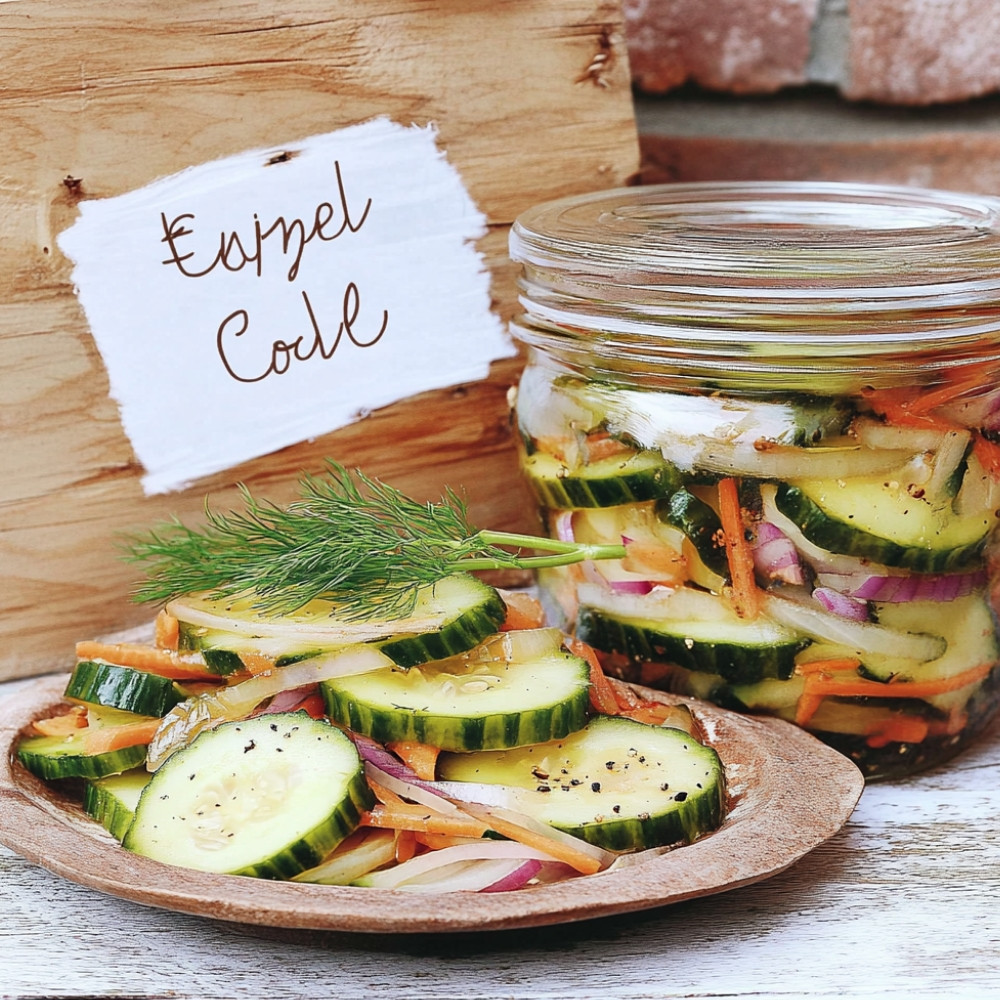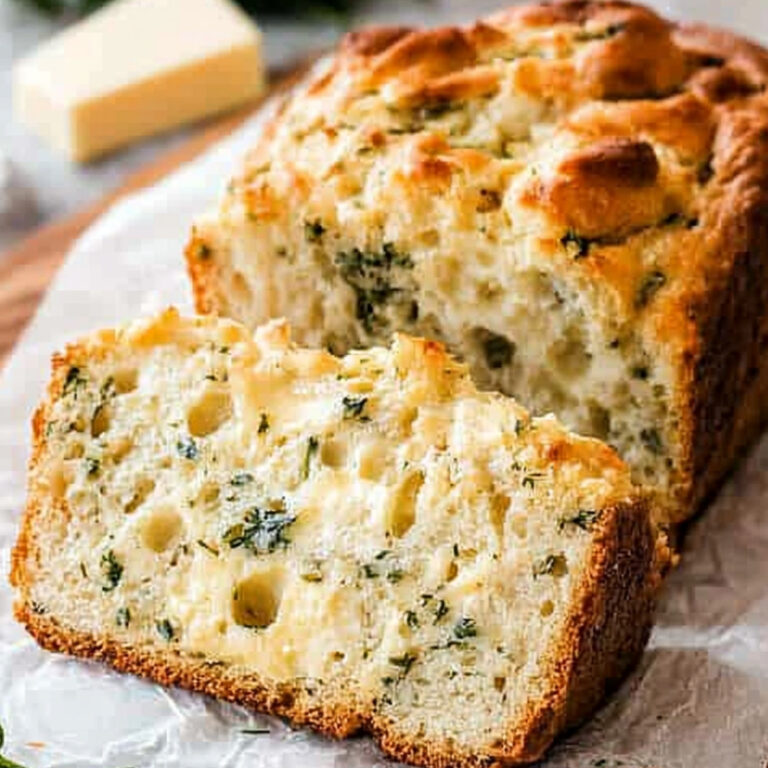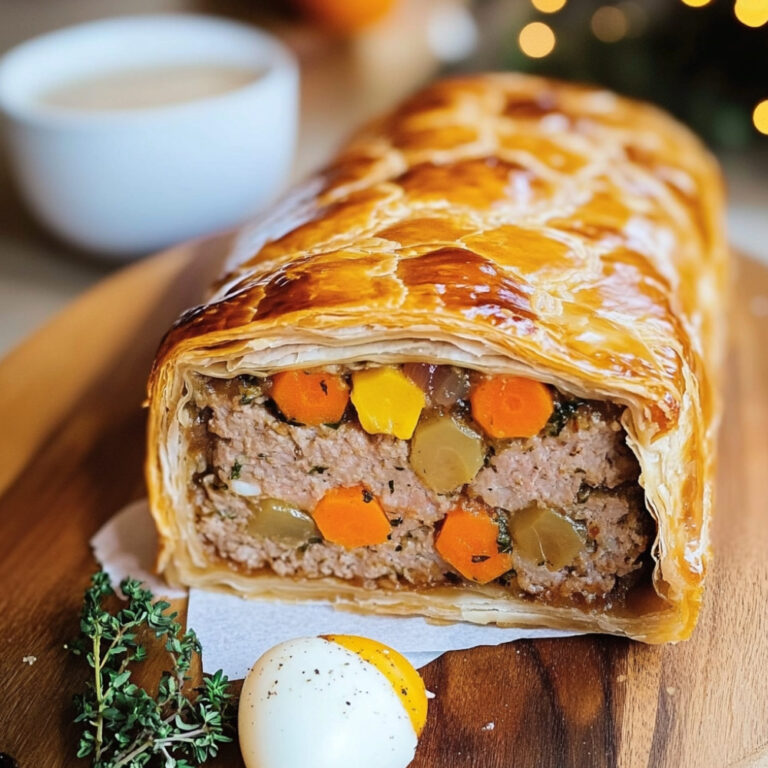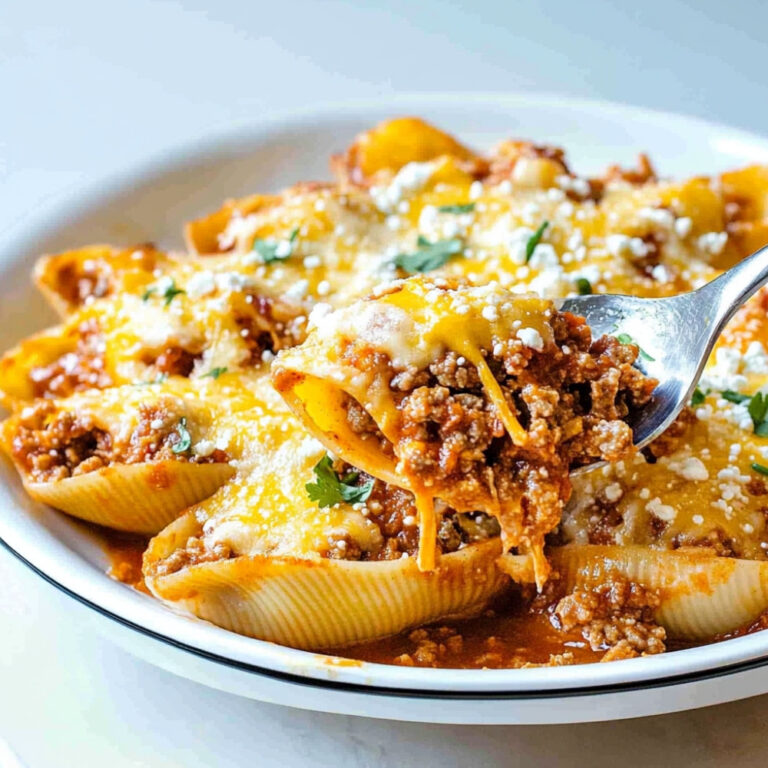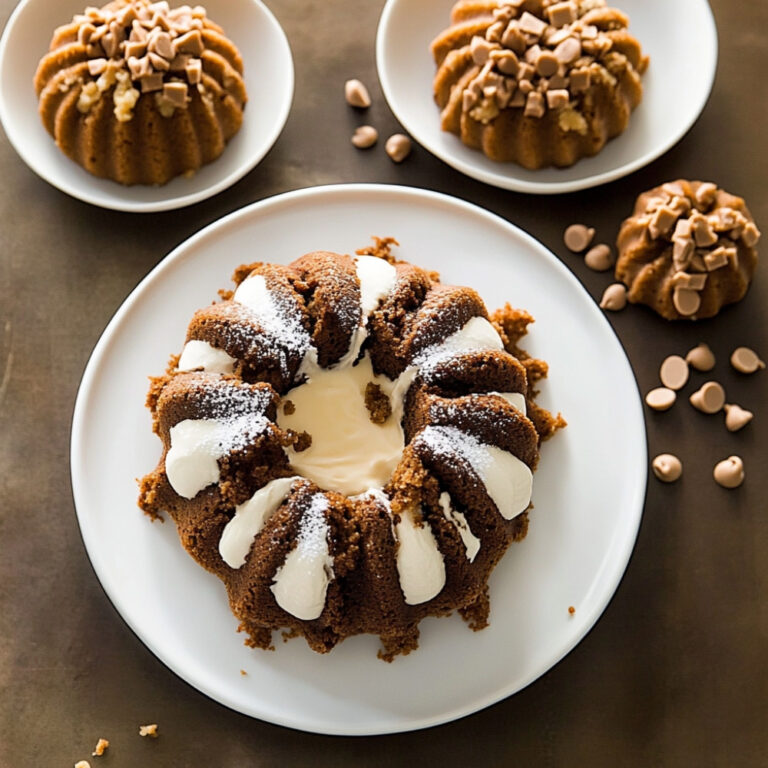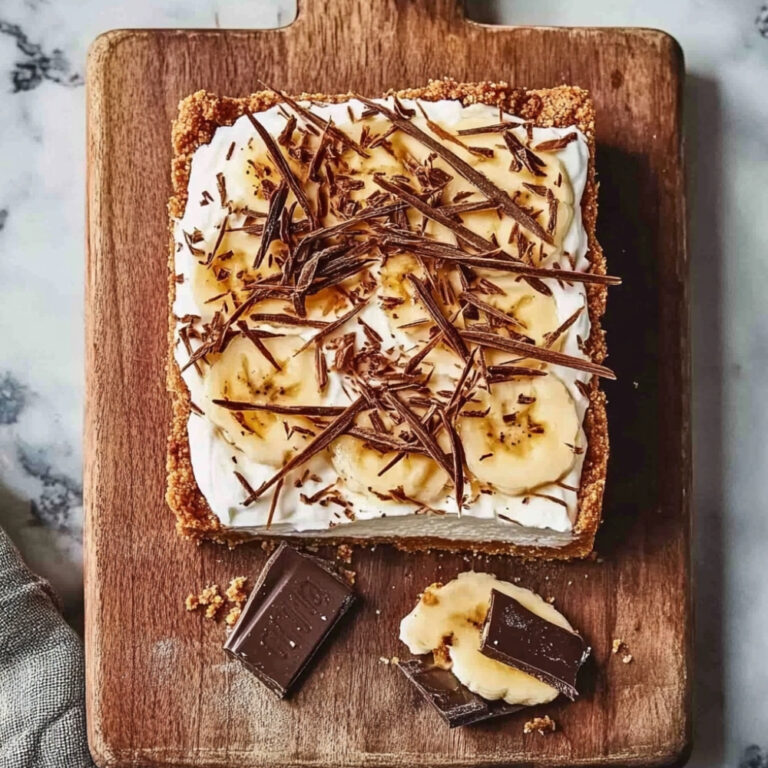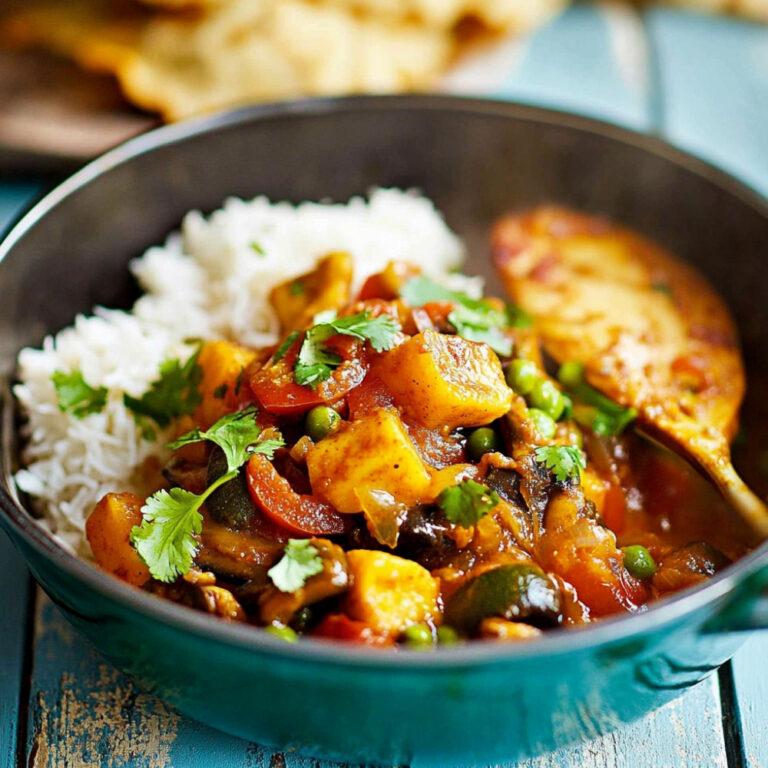Quick and Easy Homemade Pickles for Any Occasion
Oh, homemade pickles! There’s just something magical about the crunch, the tang, and, well, the whole experience of making your very own batch. Picture this: a bright, sunny afternoon, cucumbers fresh from the farmer’s market, and that delightful scent of vinegar and dill in the air… It’s like turning your kitchen into a little pickle paradise! Plus, this quick and easy homemade pickles recipe, honestly, it’s kind of foolproof and just so rewarding. You can adjust the flavors to suit what you or your loved ones enjoy, which makes it perfect for having fun with your food! Seriously, once you start, it’s hard to stop… so let’s dive right in!
Why You’ll Crave It
- Super customizable—add your favorite spices or herbs
- Perfect for snacking, sandwiches, or just plain munching
- Great way to use up seasonal veggies from your garden or market
- They make a fun and personal gift for friends and family
- The crunchiness—oh my, you just can’t beat that satisfying bite!
My family fights over the last jar every summer, it’s that good!
What You’ll Need
- Cucumbers: About 500g of fresh, crispy cucumbers, sliced into spears or rounds, whatever you fancy
- Sea salt: Just a tablespoon for that nice brine flavor
- Cider vinegar: A good splash—250ml to help pickle everything perfectly
- Sugar: 75g to balance the tanginess, because sweet and sour is a classic combo
- Mustard seeds: A teaspoon for a bit of zing
- Black peppercorns: Another teaspoon, bringing some heat… not too much, just right
- Fresh dill: Use a few sprigs; it adds that fresh, aromatic touch
- Water: 250ml to mix in with your vinegar
Easy How-To
Let’s Get Pickling
Okay, so first things first… wash those veggies! Give them a good scrub and then slice them into even pieces—this helps them pickle properly. You want everything to be about the same size so they all get that lovely tang. Set them aside for a sec. Now, in a saucepan, mix together equal parts water and vinegar, and add that sea salt and sugar—it’s a magical mixture! Stir it around until everything dissolves.
Now, wait, bring it to a boil, but keep an eye on it! You don’t want it to boil over. Once it’s bubbling and the sugar’s melted, take it off the heat and let it cool just a bit. You don’t want to burn your hands when you pour it!
Grab some nifty sterilized jars, layer in those veggies, and pour that warm brine right over them. Make sure they’re submerged; they need a good soak! Seal them up tight with the lids and let them cool to room temperature, then into the fridge they go.
And here comes the hardest part… waiting! It’s tough, I know, but let those lovely pickles sit for at least 24 hours before you dive in. For better flavor, let them pickle for about a week. Oh, but the wait will pay off! Trust me.
Good to Know
- Feel free to mix and match veggies—carrots, radishes, bell peppers—whatever you have!
- These pickles can last for weeks… just always check them before munching!
- If you like it tangier, add a bit more vinegar next time. It’s totally up to you!
Serving Ideas
- Pop them on a charcuterie board for a colorful touch
Top Tricks
- Want a little kick? Toss in some red pepper flakes or garlic while you’re layering your jars!
Frequently Asked Questions
How long do homemade pickles last?
So, homemade pickles can last for several weeks in the fridge—like, maybe even a couple of months if you’re lucky! But always give them a smell or a look before you munch, just in case.
Do I need to refrigerate my pickles?
Yes! Once you’ve opened them, it’s best to keep your pickles in the fridge to keep them fresh… and crunchy.
Can I use different vegetables for pickling?
Absolutely! Almost any vegetable is fair game here. Just make sure they’re fresh, and if you’re going with firmer veggies, like carrots, they might need a bit more time to soak it all in.
What should I do if my pickles are too salty?
If they’re too salty for your taste, you can extend their life with a little more vinegar or water in the future, or maybe try blending them into salads or dressings to balance it out.
Can I add spices to personalize my pickles?
Oh, for sure! Go wild with spices! Dill, coriander seeds, or even some peppercorns make for great twists. Customize until your heart’s content!
Conclusion
Making homemade pickles is honestly one of the simplest, yet most satisfying kitchen projects you can dive into. With fresh ingredients and just a sprinkle of patience, you can whip up something tangy and crunchy that brings a pop of flavor to any meal. Seriously, give this a try, and you’ll see how rewarding it is—plus, you get to show off your culinary skills to friends and family! Let those veggies shine with colorful flavors, and enjoy the lovely crunch of your homemade pickles.
More Recipes Suggestions and Combinations
Pickled Red Onions
Thinly slice red onions and pickle them in vinegar, sugar, and spices for a vibrant, tangy addition to salads!
Spicy Carrot Sticks
Cut carrots into sticks and marinate them in a brine with vinegar and chili flakes for a zesty snack.
Garlic Dill Pickles
Add garlic and fresh dill to classic pickles for that traditional flavor to enhance your sandwiches!
Sweet and Sour Cabbage
Slice cabbage and pickle it with sugar and vinegar to create a sweet slaw that’s perfect for barbecues.
Pickled Cauliflower and Peppers
Mix cauliflower florets with bell peppers for a colorful, crunchy condiment that will brighten any meal.

